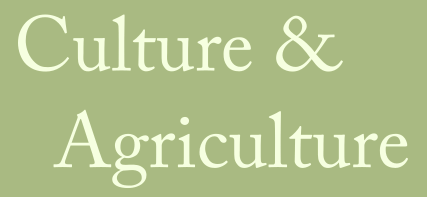ADVANCED PLANT HABITATS
One year ago NASA celebrated a “historical vegetable moment” – the first vegetables grown and eaten in space. Just last week the next version of the system arrived at Kennedy Space Center. The Advanced Plant Habitat (APH) will be delivered to the International Space Station in 2017. How do we theorize an agriculture that has been severed from the Earth by several hundred thousand pounds of thrust? Astral-foodways are sterile and rigidly controlled, but perhaps harbor latent capacities to vitalize life in orbit.
Here in the primitive plant habitat of terrestrial soil, the definition of agriculture is expanding in other directions. A novel ant-plant symbiosis has been reported in Fiji, where the ant farmers plant seeds and fertilize seedlings. Might farming by non-humans disrupt the entrenched dichotomy of nature and culture that structures our agricultural concepts? Autonomous tractors are getting closer to commercialization – bringing along an intensification of the proprietary data and intellectual property issues that haunt modern farm machinery.
Lastly, the “improvement” of nature that justified enclosure of the commons in Europe and colonial land-grabs around the world has penetrated the process underlying not only all of agriculture, but of all terrestrial biomes. Transgenic plants with “tweaked” photosynthesis have demonstrated 14-20% yield increases in field trials.
[Image no longer available - Swale, a novel plant habitat not in orbit, but in the Hudson River]
Other items of interest:
– 538 on why census counts of very small farms have been growing
– Medical anthropologist Seth Holmes on ‘suffering slot anthropology’ and migrant farm workers
– Reports from the USDA on rural America and mid-size farms
– German forester Peter Wohlleben on the social life of trees
– Speculations on Trump’s ag secretary
– Roland Bourdeix on the precarity of coconut
